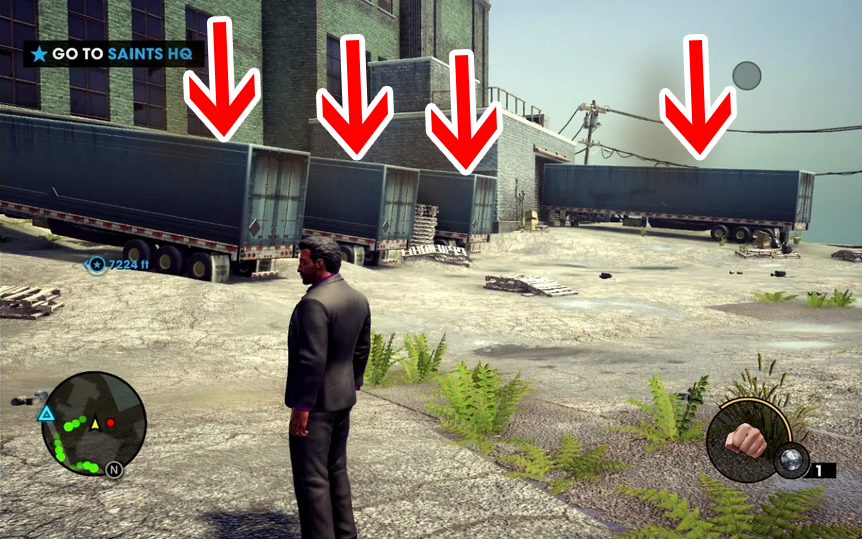The trucking industry is arguably the most important sector in the United States. Without it, supplies would be non-existent and food would be scarce in certain areas. That’s why it’s so important to support trucking, especially for the future.
But with an industry as large as trucking, there are certain surprises that come along.
Some of these surprises come on the road, while some are on paper. Here are 5 trucking industry facts that you probably didn’t know.
Over 97 percent of trucking fleets operate 20 or fewer trucks
While there is an endless number of trucking fleets in the United States, most of them are very small. For perspective, over 97% of these fleets have 20 or fewer trucks. Over 91% have six or fewer.
This means that most fleets are microscopic and the mega-fleets are not as common as you might think.
There are 7 million employees in the trucking industry
This number can be slightly misleading, as only around two million of these employees are truck drivers. That said, a whopping five million work in the trucking industry in some capacity.
In total, over 2% of the United States population works in the trucking industry. That number doesn’t sound overly impressive, but this means that one in every 50 people works for one of these companies.
Trucking companies cap your speed to save fuel – and it helps a lot
If you ever wondered why so many trucking companies cap their trucks’ top speed, it’s much more simple than you might think. They want to save gas.
In fact, by capping the speed of these trucks at 65 MPH instead of 75 MPH, companies save 27% on fuel usage. While this may seem insignificant, it can save up to $200 per tank of gas.
Commercial trucks use over 20,000 gallons of fuel per year on average
Ever wondered how much gas you go through in a year as a truck driver? That number likely sits above 20,000 gallons, which can equate to over $100,000 in gasoline.
In comparison, a normal four-wheeler will only go through an average of 500 gallons of gas. Cheaper gas, too.
Trucking is one of the highest-earning blue-collar professions in the US
The number for average salary of a truck driver varies greatly. If you ask a trucker, they’ll probably claim to be making six figures. If you ask someone who isn’t in the industry, they’ll give you a drastically low number. Generally speaking though, that number sits around $60,000 per year, which is on the higher end up blue-collar professions.



